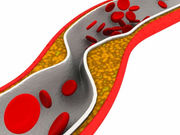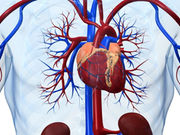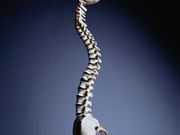CDC: Prevalence of Arthritis 31.8% in Most Rural Areas of U.S.
About half of those with arthritis in rural and urban areas have arthritis-attributable activity limitation
Distinct Maternal, Fetal Risks for Anticoagulants in Pregnancy
VKA, LMWH tied to lowest risk of adverse maternal, fetal outcomes, respectively
Late Teen Emotional Stability Inversely Tied to Mental Illness
With unique U-shaped association seen for bipolar disorder and social maturity
Considerable Humanistic Impact for Chronic Spontaneous Urticaria
Two-thirds of patients with CSU report angioedema, which significantly affects health-related QoL
Evacetrapib Appears Futile in High-Risk Vascular Disease
No reduction in primary end point events, including death from cardiovascular causes, MI, stroke
Few Emergency Clinicians Know Costs of ER Tests, Treatment
Education concerning cost could improve efficiency and decrease costs, researchers say
CDC: Teenage Birth Rate at All-Time Low in the United States
Data from 2014 also indicate more older women are having children, researchers say
Cessation of Meth Abuse Linked to Reversal of Heart Damage
Only those who stop using the drug can reap cardiac benefits, researchers say
Evidence Lacking for Adolescent Idiopathic Scoliosis Screening
USPSTF finds insufficient evidence to assess benefits, harms of screening asymptomatic 10- to 18-year-olds
Social Psychology May Help With Physician Error Disclosure
Deliberate practice, together with lessons from social psychology, can implement change in error disclosure














